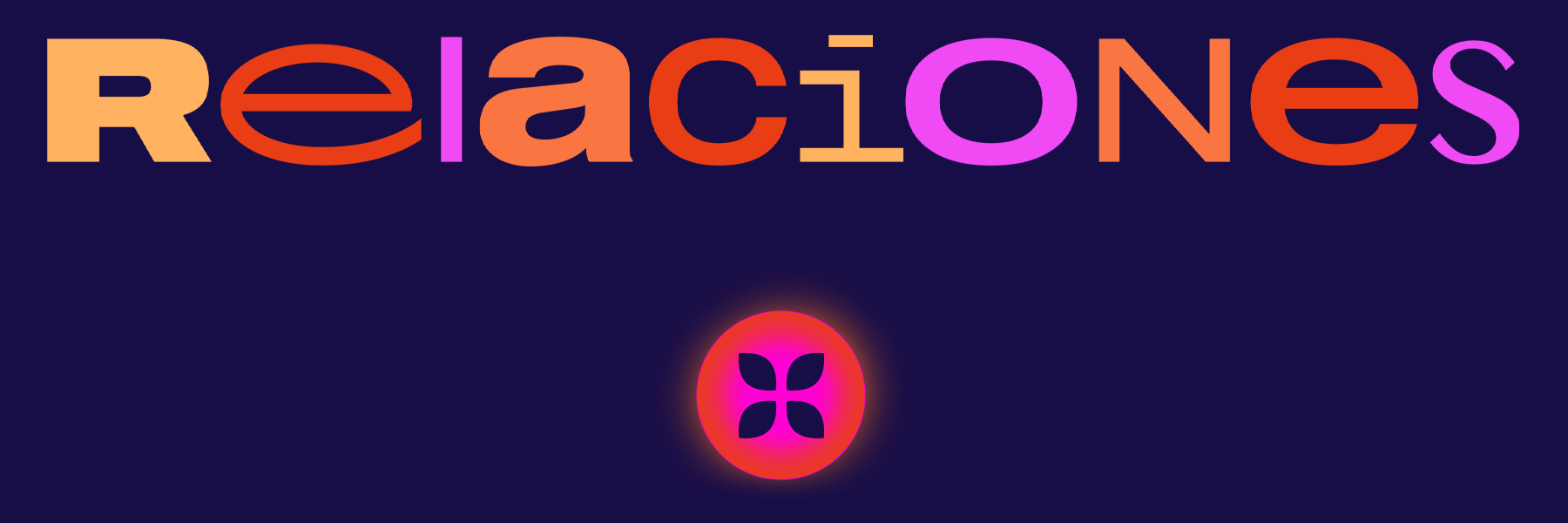What Having a Second Adolescence Means as a Black Trans Migrant
"At 29, I am experiencing the adolescence I witnessed most of my high school classmates go through."
"Migration and my sexuality didn’t take my childhood away from me. An immigration system that depends on the exploitation of migrants paired with anti-LGBTQ sentiment across cultures, societies, and legal structures [did]."
"I deserved a different adolescence."
"I don’t want to normalize a second adolescence because we all deserve a full adolescence where systems of oppression aren’t cooperating with the law to make our lives unbearable."







